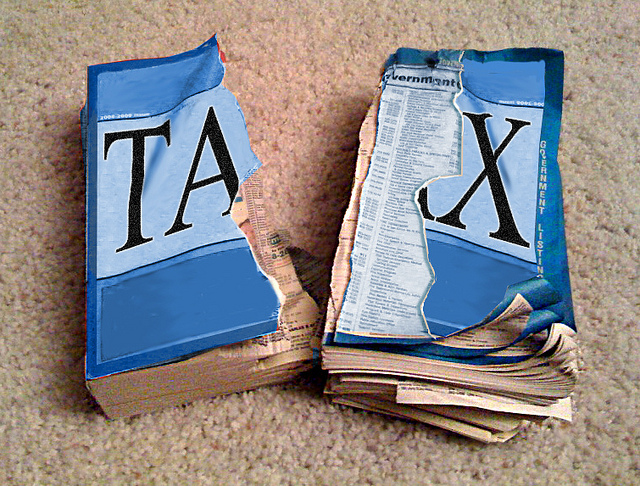The Canadian government has continually shown support for small businesses in several different aspects. The federal budget revealed earlier this year in April confirms that the government is always striving to help its entrepreneurs. Along with a new TFSA contribution limit and lower RRIF withdrawal minimums, the budget also announced that the Conservative government has cut tax rates for small businesses from 11% to 9% over the next four years.
Effective January 1, 2016, the small business tax rate will decrease to 10.5% and continue to drop 0.5% per year until 2019. This change is applicable to businesses with an eligible taxable income limit of $500,000 annually, an amount that has gradually increased since the Harper government came into power in 2006. As the largest tax rate cut in more than 25 years, this adjustment will guarantee an average reduction of $1.2 billion a year in taxes. In addition, the Dividend Tax Credit (DTC) rate will also change accordingly at the same pace to simultaneously “maintain appropriate tax treatment of dividend income.”

Photo by: Chris Tolworthy licensed under Creative Commons Attribution 2.0 Generic
Canada’s Views on Small Business Taxes
Canada’s philosophy on taxes is based on the principle that small businesses are an integral part of our economy. Measures approved by the Parliament are always taken with the intention of helping smaller companies. For example, the government is strongly committed to keeping taxes low for businesses with under $15 million in taxable capital. By keeping taxes down, this ensures that small businesses can retain more earnings. Furthermore, these numbers have already been reduced significantly from 13.12% in 2006 to 11% in 2008, when the annual eligible income for this rate was also raised from $300,000 to $500,000. As a result of the most recent tax rate cut, almost 700,000 businesses across the country will benefit from the lower rates. This, in turn, will generate additional resources for job creation and sustained growth in the Canadian economy.
How the Government Helps Small Businesses
The federal government frequently recognizes that small businesses are “engines for job creation” and understands the importance of encouraging entrepreneurship in Canada. It has been especially keen on helping these enterprises by offering ongoing support with substantial tax assistance and improved access to financing. With the proposed tax rate cut, the federal corporate income tax in 2015 will be 34% lower than in 2006. By the time the small business tax rate is dropped down to 9% in four years, the amount of federal corporate income tax paid will be 46% lower than in 2006. This will reflect an overall reduction of $38,600 a year to fuel business growth.
Other projects that the Canadian government have participated in include:
- The Venture Capital Plan to improve access to venture capital funding needed to create jobs
- The Business Innovation Access Program in 2013 to access business services and technical assistance at Canada’s learning institutions
- The Lifetime Capital Gains Exemption, which has been steadily increasing since 2007 to bring tax relief to small business owners
- Futurpreneur Canada, by providing $14 million to support young entrepreneurs
- Action Plan for Women Entrepreneurs, as a channel to encourage women business leaders
Related Links
Canada’s Economic Action Plan
http://actionplan.gc.ca/en
New TFSA Limit 2015
https://www.ironshield.ca/articles/new-tfsa-limit-reaches-close-but-not-quite-to-proposed-11000/
Lower RRIF Withdrawal Minimums Benefit Seniors
https://www.ironshield.ca/articles/lower-rrif-withdrawal-minimums-more-flexibility-for-seniors/









